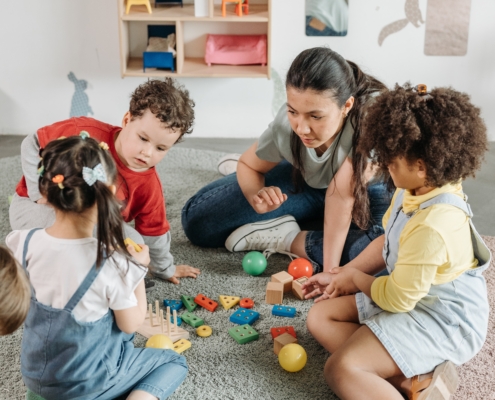Tag Archive for: autismsafety

Creating a Home Environment For Your Child with Autism to Thrive
As parents of young children with autism, creating a supportive home environment is essential to promoting your child’s development, comfort, and well-being. A home that is tailored to meet the unique needs of your child can significantly…

Creating an Autism-Friendly Home
A Parent Perspective: Incorporating ABA Into Your Home Environment
Scrolling through social media one day, this post completely captured my feelings of home:
I love my home. I love being at home. And I love inviting people over to…
